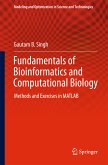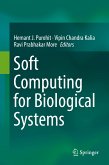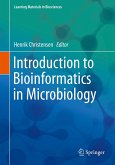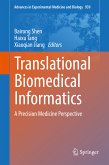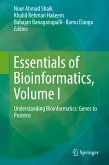Dieser Download kann aus rechtlichen Gründen nur mit Rechnungsadresse in A, B, BG, CY, CZ, D, DK, EW, E, FIN, F, GR, HR, H, IRL, I, LT, L, LR, M, NL, PL, P, R, S, SLO, SK ausgeliefert werden.
"This work, a recent addition to the introductory textbook arena, differentiates itself by utilizing MATLAB for sequence analysis and experimentation. ... the book offers one more good choice for introductory bioinformatics courses and can be especially valuable to students who are already familiar with MATLAB. Summing Up: Recommended. Upper-division undergraduates and graduate students." (D. Papamichail, Choice, Vol. 52 (9), May, 2015)
"The author accomplishes his declared objective: to contribute tothe creation ofeducational resources for undergraduate students in computer engineering who are interested in specializing in the new field of bioinformatics. Responding to this need, every chapter includes many examples using MATLAB bioinformatics tools and some proposed exercises." (Valentin V. Inceu, Computing Reviews, March, 2015)
"This book is built as an introductory textbook (structured for students with computing background) for the rapidly developing, interdisciplinary field of bioinformatics. ... although written for students (undergraduate and post-graduate) with a background in computing, the book can be adapted for students with a background in biology or chemistry. This book is a timely addition to the recently emerged and quickly developing field of computational biology." (Irina Ioana Mohorianu, zbMATH 1306.92001, 2015)



